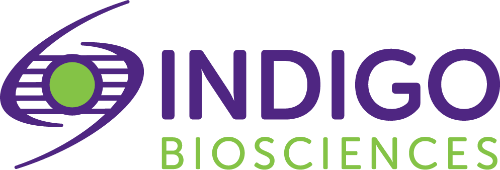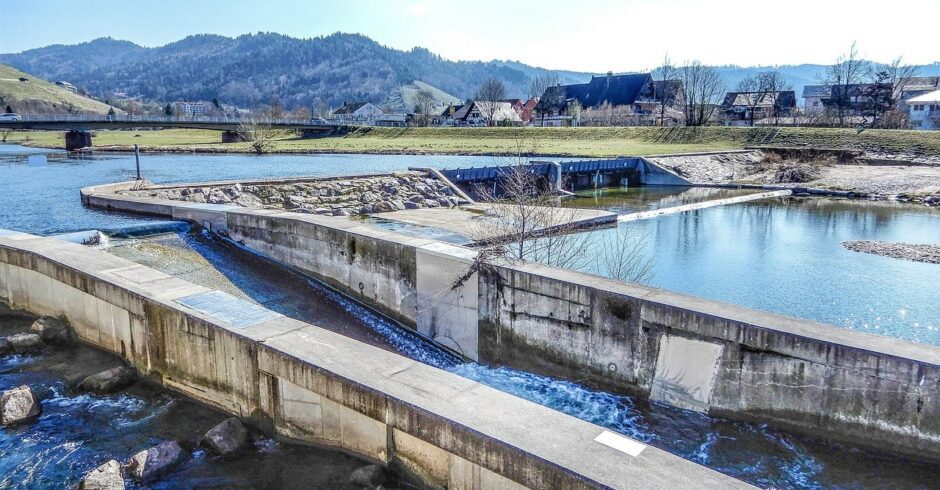Developing a Testing Strategy for EDCs in Water Resources
Learn about developing a testing strategy for EDCs in water (and how INDIGO can help)
INDIGO Biosciences cell-based reporter assays have been used in environmental research on water for years due to their ease of use. Our CSO Jack Vanden Heuvel has even done his own research in this field utilizing INDIGO kits. (Take a look at the posters “Environmental and human health impacts of spreading oil and gas wastewater on roads” and “Detection and removal of biologically active organic micropollutants from hospital wastewater.”) Using in vitro receptor transactivation assays like those produced by INDIGO Biosciences is a crucial step to improve monitoring of our water systems and decrease the risk posed by complex mixtures of chemicals in the environment. Reporter assays can detect the cumulative toxicity posed by mixtures of known and unknown chemicals found in a sample. Cell-based nuclear receptor specific reporter assays such as INDIGO’s estrogen receptor assays, androgen receptor assays, and thyroid receptor assays can screen for endocrine-like activity in water samples that can cause adverse health effects to humans and the environment.
Though there is testing and regulation to identify single compound concentrations, there is not a universally accepted method for utilizing bioassays that more accurately reflect exposure for regulating the levels of EDC (Endocrine Disrupting chemicals) in water resources. Many authorities around the world are evaluating several methods to better assess and regulate the level of various pollutants that activate the EATS (Estrogen, Androgen, Thyroid, and Steroidogenesis) pathways.

